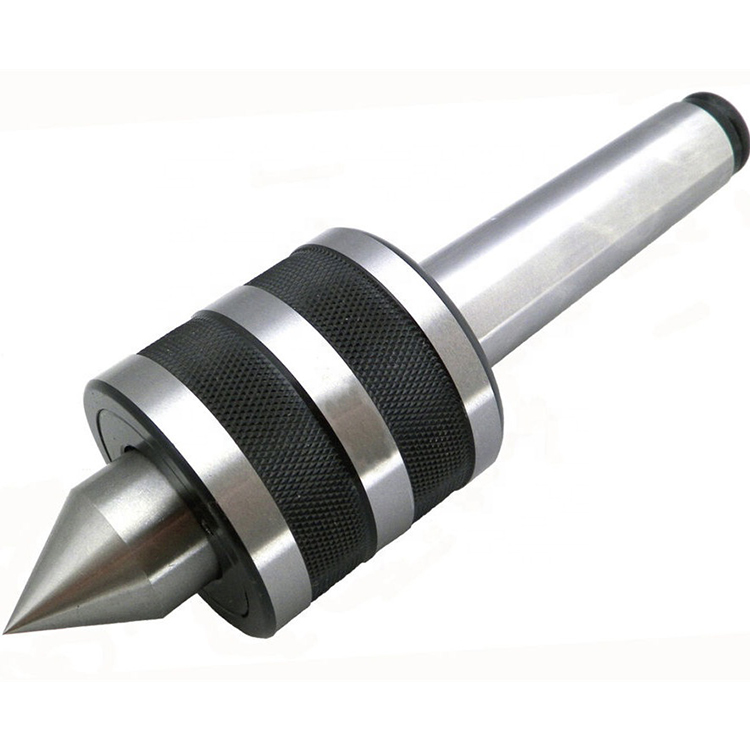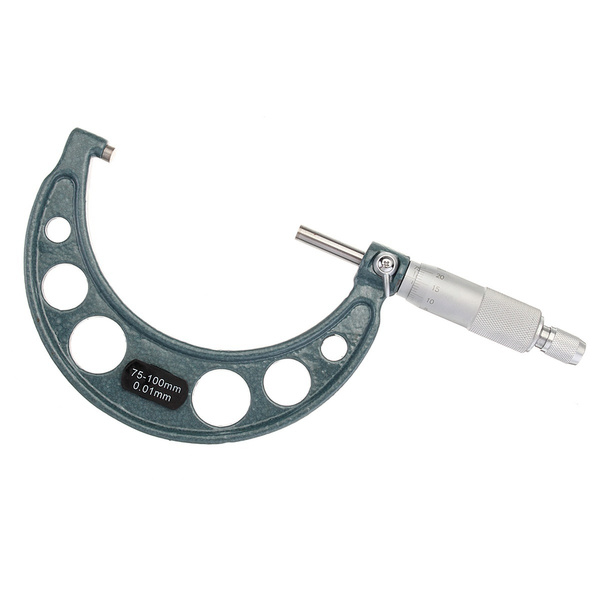High-Quality Corner Rounding End Mill
High-quality corner rounding end mills are essential tools for achieving precise and consistent rounded edges on various materials. Selecting the right end mill depends on material, radius, and desired surface finish. This guide explores the types, selection criteria, and applications of corner rounding end mills, helping you choose the optimal tool for your needs.
Understanding Corner Rounding End Mills
What is a Corner Rounding End Mill?
A corner rounding end mill, also known as a radius end mill, is a cutting tool designed to create a specific radius on the edge of a workpiece. Unlike chamfer mills which create angled edges, these end mills produce smooth, rounded corners. They are crucial in applications where edge quality, safety, and aesthetics are paramount.
Types of Corner Rounding End Mills
Corner rounding end mills are available in various materials and configurations, each suited for different applications:
- Solid Carbide: Offers high hardness and wear resistance, ideal for machining hardened steels, stainless steel, and abrasive materials.
- High-Speed Steel (HSS): More cost-effective than solid carbide, suitable for softer materials like aluminum, wood, and plastics.
- Indexable: Feature replaceable cutting inserts, reducing downtime and tooling costs, especially for high-volume production.
- Coated: Coatings like TiAlN (Titanium Aluminum Nitride) increase surface hardness, reduce friction, and improve tool life.
Selecting the Right Corner Rounding End Mill
Material Compatibility
Choosing the right end mill material is crucial for optimal performance and tool life:
- Steel: Solid carbide or coated HSS end mills are recommended.
- Aluminum: HSS or carbide end mills with polished flutes to prevent chip welding.
- Plastics: HSS or carbide end mills with specific geometries designed for plastics.
- Titanium: Solid carbide end mills with specialized coatings.
Radius Selection
The radius of the corner rounding end mill must match the desired edge radius on the workpiece. Common radius sizes range from 0.015' to 0.500' or larger. It's crucial to measure the desired radius accurately to ensure the correct end mill is selected. For precision measurements, consider using digital radius gauges which are available at reputable tool suppliers, including Wayleading Tools.
Number of Flutes
The number of flutes affects the feed rate and surface finish:
- 2 Flutes: Provides excellent chip evacuation, suitable for softer materials and slotting operations.
- 4 Flutes: Offers higher feed rates and improved surface finish, ideal for profiling and finishing operations.
- More than 4 Flutes: For specialized applications requiring very high feed rates and surface finishes, but may require more rigid setups.
Coating Selection
Coatings can significantly enhance tool life and performance:
- TiAlN (Titanium Aluminum Nitride): High hardness and heat resistance, ideal for high-speed machining of steels and cast iron.
- TiCN (Titanium Carbonitride): Good wear resistance and lubricity, suitable for general-purpose machining.
- DLC (Diamond-Like Carbon): Low friction coefficient, ideal for non-ferrous materials like aluminum and copper.
Applications of Corner Rounding End Mills
Edge Deburring and Finishing
Corner rounding end mills are widely used for deburring and finishing sharp edges on machined parts, improving safety and aesthetics.
Mold and Die Making
Creating smooth, rounded edges on mold and die components is essential for proper fit and function. Corner rounding end mills ensure precise and consistent radii.
Aerospace Components
In aerospace, rounded edges are critical for reducing stress concentrations and improving the fatigue life of components. Corner rounding end mills play a vital role in this application.
Medical Devices
Medical devices often require smooth, rounded edges to prevent injury and ensure patient comfort. Corner rounding end mills are essential for achieving these requirements.
Best Practices for Using Corner Rounding End Mills
Proper Tool Holding
Using a high-quality tool holder is crucial for minimizing vibration and maximizing tool life. Collet chucks, hydraulic chucks, and shrink-fit chucks are commonly used.
Optimized Cutting Parameters
Selecting the correct cutting speed, feed rate, and depth of cut is essential for achieving optimal results. Consult the end mill manufacturer's recommendations and adjust based on the material being machined.
Coolant Application
Applying coolant helps to dissipate heat, reduce friction, and evacuate chips, improving tool life and surface finish. Choose the appropriate coolant based on the material being machined.
Regular Inspection and Maintenance
Regularly inspect the end mill for wear and damage. Replace worn or damaged end mills to prevent poor surface finish and potential machine damage.
Examples of High-Quality Corner Rounding End Mills
Example 1: Solid Carbide Corner Rounding End Mill for Steel
A solid carbide 4-flute corner rounding end mill with a TiAlN coating is ideal for machining hardened steels. For example, a .250' radius end mill with a .750' cutting length is a versatile option for many steel applications. Ensure to check the manufacturer specifications for optimal cutting parameters. Companies such as Harvey Tool and Mitsubishi Materials offer such end mills.
Example 2: HSS Corner Rounding End Mill for Aluminum
For aluminum machining, a 2-flute HSS corner rounding end mill with polished flutes is recommended. A .125' radius end mill is suitable for smaller radius requirements. Proper chip evacuation is critical when milling aluminum to avoid chip re-cutting and poor surface finish.
Example 3: Indexable Corner Rounding End Mill
Indexable corner rounding end mills offer the advantage of replacing worn inserts, reducing overall tooling costs. These are typically used for larger radius requirements or high-volume production. For example, a 0.500' radius indexable end mill with multiple cutting inserts can be a cost-effective solution for large parts.
Comparing Different Corner Rounding End Mills
Below is a comparison of different types of corner rounding end mills based on material, coating, and application:
| End Mill Type | Material | Coating | Application | Pros | Cons |
|---|---|---|---|---|---|
| Solid Carbide | Tungsten Carbide | TiAlN | Hardened Steels, Stainless Steel | High hardness, wear resistance | Higher cost |
| HSS | High-Speed Steel | None/TiN | Aluminum, Plastics, Wood | Cost-effective | Lower hardness, wear resistance |
| Indexable | Steel/Carbide Inserts | Various (depending on insert) | High-volume Production | Replaceable inserts, reduced downtime | Higher initial cost, insert replacement |
Conclusion
Selecting the right high-quality corner rounding end mill requires careful consideration of material, radius, number of flutes, and coating. By understanding these factors and following best practices, you can achieve precise and consistent rounded edges on your workpieces, improving quality, safety, and aesthetics. Remember to regularly inspect and maintain your end mills for optimal performance. For all your tooling needs, consider reputable suppliers like Wayleading Tools.
Related products
Related products
Best selling products
Best selling products-
 MT/R8 Shank Quick Change Tapping Chuck With MT & R8 Shank
MT/R8 Shank Quick Change Tapping Chuck With MT & R8 Shank -
 Midium Duty Live Center For Morse Taper Shank
Midium Duty Live Center For Morse Taper Shank -
 Auto Self Reversible Tapping Chuck In Drill Machine
Auto Self Reversible Tapping Chuck In Drill Machine -
 Precision Digital Caliper Of With Metric & Inch Size For Industrial
Precision Digital Caliper Of With Metric & Inch Size For Industrial -
 Outside Micrometer Of Premium Industrial Inch & Metric With Rachet Stop
Outside Micrometer Of Premium Industrial Inch & Metric With Rachet Stop -
 Precision Dial Caliper Of Metric & Imperial For Industrial
Precision Dial Caliper Of Metric & Imperial For Industrial -
 Precision V Block Set With Industrial Type
Precision V Block Set With Industrial Type -
 Precision 2pcs Angle Blocks Set With High Quality Type
Precision 2pcs Angle Blocks Set With High Quality Type -
 HSS DP Involute Gear Cutters With PA20 And PA14-1/2
HSS DP Involute Gear Cutters With PA20 And PA14-1/2 -
 Type N Inverted Cone Tungsten Carbide Rotary Burr
Type N Inverted Cone Tungsten Carbide Rotary Burr -
 Dial Bore Guage From 6-450mm Range
Dial Bore Guage From 6-450mm Range -
 HSS Inch Plain Metal Slitting Saws For Industrial
HSS Inch Plain Metal Slitting Saws For Industrial











